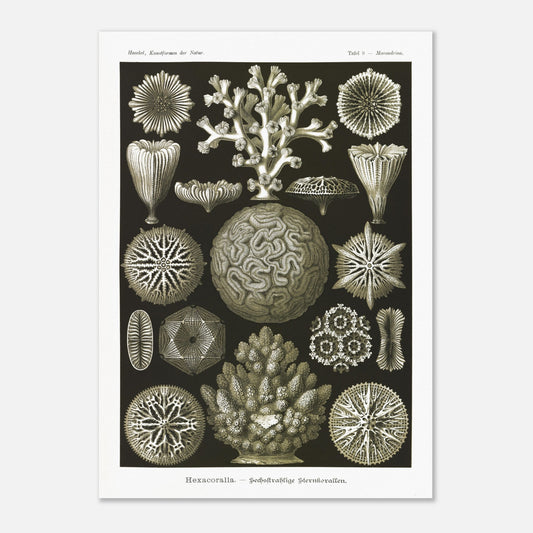Six-rayed star corals - 19th century engraving reproduction - Ernst Haeckel, Kunstformen der Natur
Six-rayed star corals - 19th century engraving reproduction - Ernst Haeckel, Kunstformen der Natur
Couldn't load pickup availability
Reproduction engraving of: Six-rayed star corals
Original title Hexacoralla - Sechsstrahlige Sternkorallen
Poster of Maeandrina - Cnidarians of the class Corals (Order Scleractinia)
Illustration from the book Kunstformen der Natur, which is a collection of artistic lithographs of natural sciences published by the German biologist Ernst Haeckel between 1899 and 1904.
This naturalistic illustration is part of an overall style inspired by Ernst Haeckel, which greatly influenced the emerging Art Nouveau movement at the beginning of the 20th century. This work, illustrating the impressive beauty and great diversity of the biological world, was complemented by a certain amount of scientific information, some excerpts of which are reproduced below.
This information is over 120 years old and some of it may be outdated!
Scientific classification:
Cnidarian Phylum (Cnidaria) Class Anthozoa (Anthozoa) Legion of Star Corals (Zoantharia) Order of Hexacoralla
Scientific notice (extract) accompanying the poster print of Hexacoralla - Six-rayed star corals :
The figures in this plate represent exclusively the calcified skeletons of six-rayed corals or flowering polyps, from which the living soft tissues have been removed. Most of the figures show individual colonies; Figures 1, 8, and 9 represent colonies or structures formed from numerous individual polyps or zooids. The Hexacorallia constitute a diverse order within the large class of coralline animals, which inhabit mainly the seas. The plate presents a selection of these six-rayed corals, showing only their white internal skeleton. The colored fleshy covering that covers this living coral skeleton is absent. Like other Anthozoa, the Hexacorallia live either individually as isolated polyps or grouped together in colonies or structures. Each individual polyp has a basic geometric shape of a six-sided pyramid; The hexagonal base of this is illustrated in Figures 2, 3, 6, 7, 14, 15. In the center is the mouth, which leads directly into the gastric cavity. From this gastric cavity radiate radial stomach compartments or septa, which are often very diverse in their arrangement and shape. Generally, six large primary rays (main or perradian meridians) and six smaller secondary rays (interradian or intermeridian) are distinguished, located between these are often twelve finer tertiary rays (adradian or submeridian rays). In lateral view, the individual coral polyp can appear either flat, disc-shaped (Figure 2a, 14a), or raised, column-shaped (Figures 4, 5). The polyp or zooid is usually attached to the seabed with its lower pole oriented towards the mouth. Hexacorallia colonies or structures, often composed of many closely related zooids or polyps, are formed from an original zooid by repeated budding or incomplete division. Their feeding relies on complete cooperation; all food absorbed by individual zooids through the mouth and digested in their stomach cavity is redistributed through alimentary canals or gastroderms that run throughout the colony. The shape and size of these coral structures vary considerably; they may be branching like trees (Figure 1), shrubby (Figure 9), vase-shaped, or even whip-like (Figure 8). Developed Hexacorallia form extensive reefs in tropical seas through their massive growth. These fossilized reefs from earlier geological periods are often well preserved, often so beautiful that all the details of their delicate skeletal structure can be distinguished as well as on living corals. Large mountain masses are sometimes composed entirely of fossilized corals, such as the famous "coral limestone" of the Upper Jurassic (white).
Species present on the naturalist board of Six-rayed star corals - Maeandrina :
- Lophohelia prolifera
- Leptycyathus elegans
- Cyathina cylindrica
- Balanophyllia floridana
- Rhizotrochus fragilis
- Stephanophyllia elegans
- Astrocyathus paradoxus
- Maeandrina filograna
- Madrepora fruticosa
- Flabellum australe
- Flabellum alabastrum
- Thamnastraea arachnoides
- Porites furcata
- Stephanophyllia complicata
- Leptopenus discus
About this print
About this print
The layout and composition of this reproduction have been the subject of our greatest attention.
- Respect for the format of the original work: in order to faithfully transcribe the artist's intention, the work is not cropped/re-cut except in extreme cases (obvious imperfection, geometry problem, etc.) in which case the cropping will be as light as possible.
- The presence of white margins is sometimes necessary in order to present the work in a balanced manner.
- Each size offered has been specifically composed, therefore, the size of the white margins may vary from one print size to another. Remember to check this detail carefully!
- Print only, frame not included!
Features
Features
- Premium 200gsm matte white paper, durable and strong.
- Natural, smooth uncoated finish, silky to the touch
- FSC certified paper or equivalent certifications depending on regional availability.
- Each print is shipped in sturdy packaging, ensuring safe transport.
- Each print is printed and shipped on demand. No minimum order quantity is required.
Share !

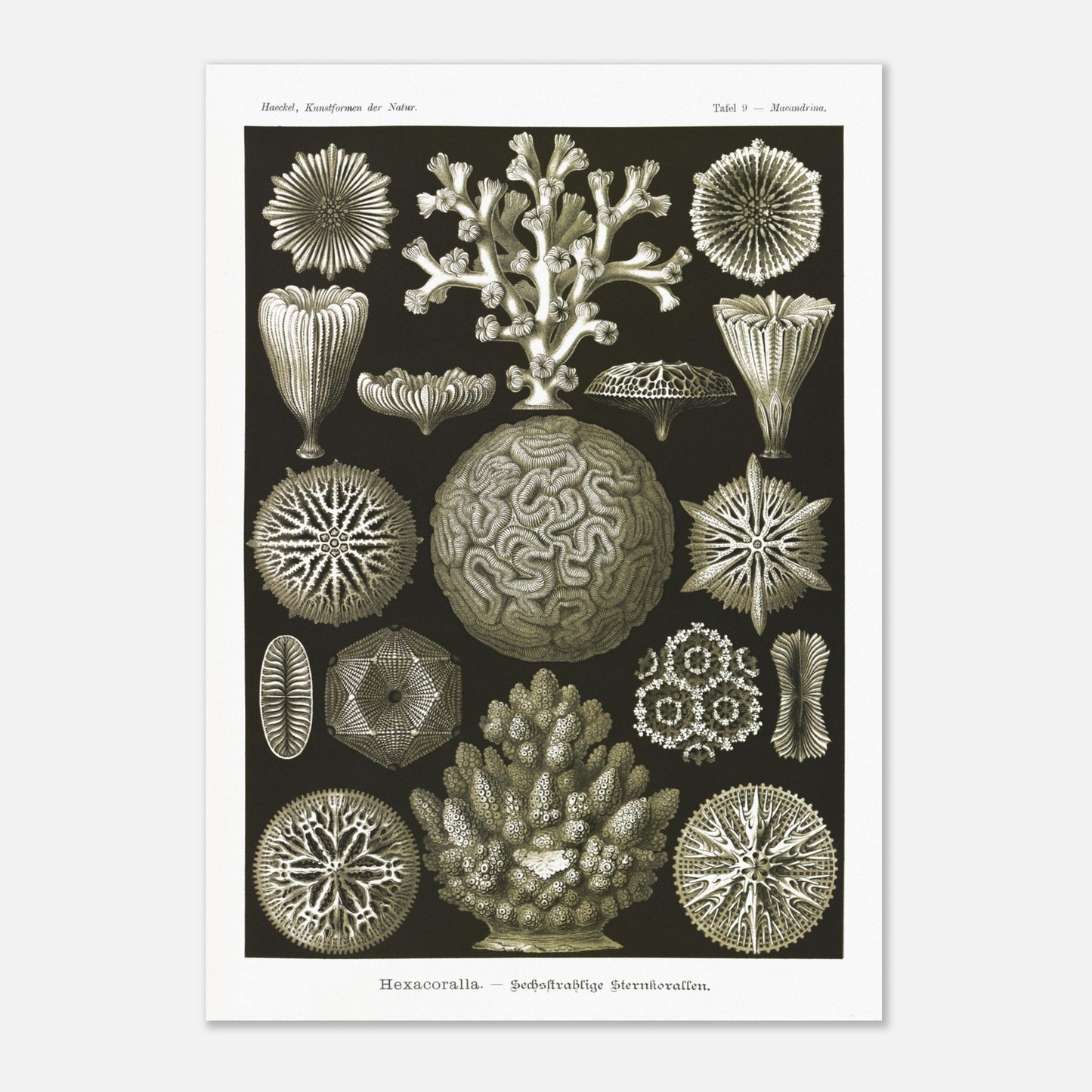
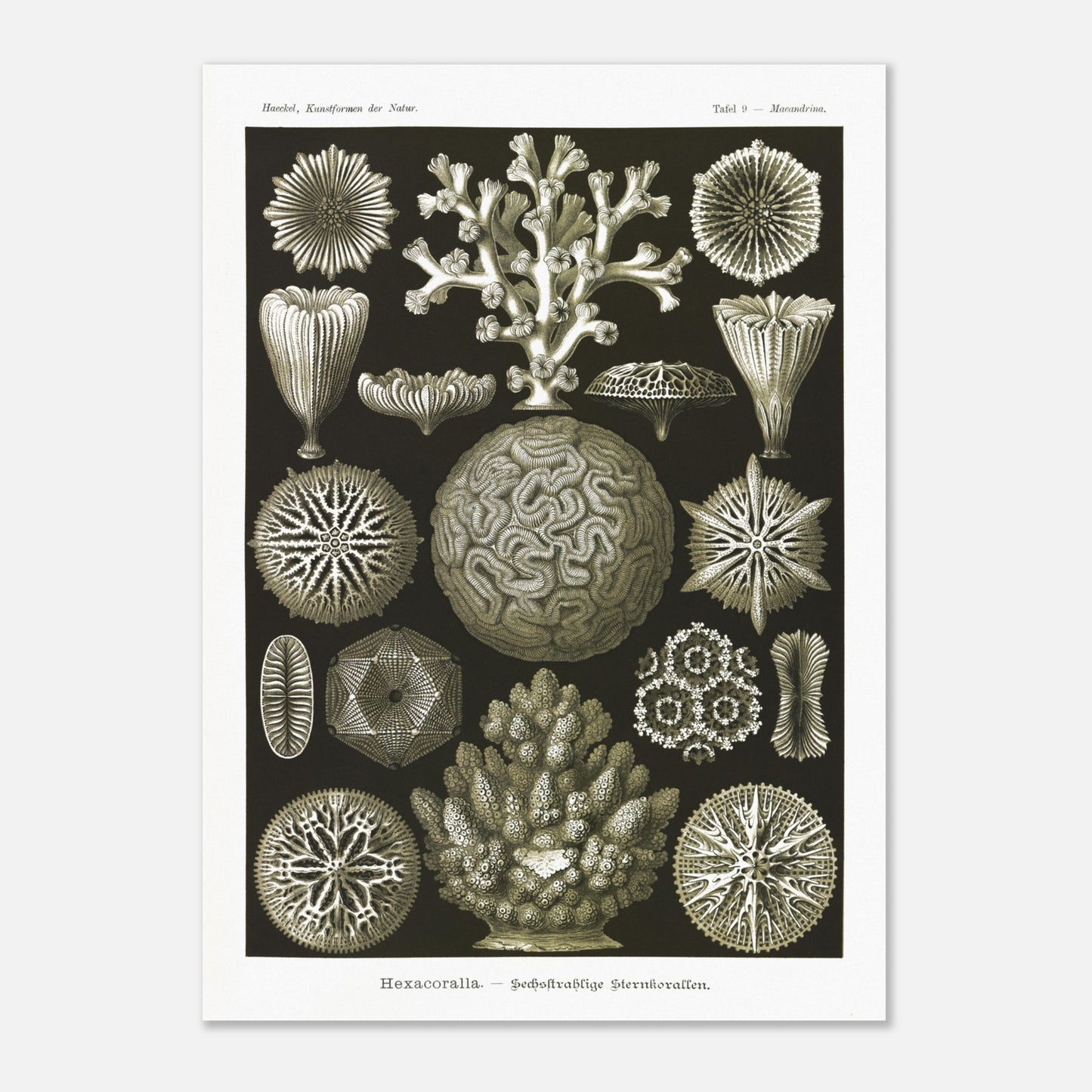

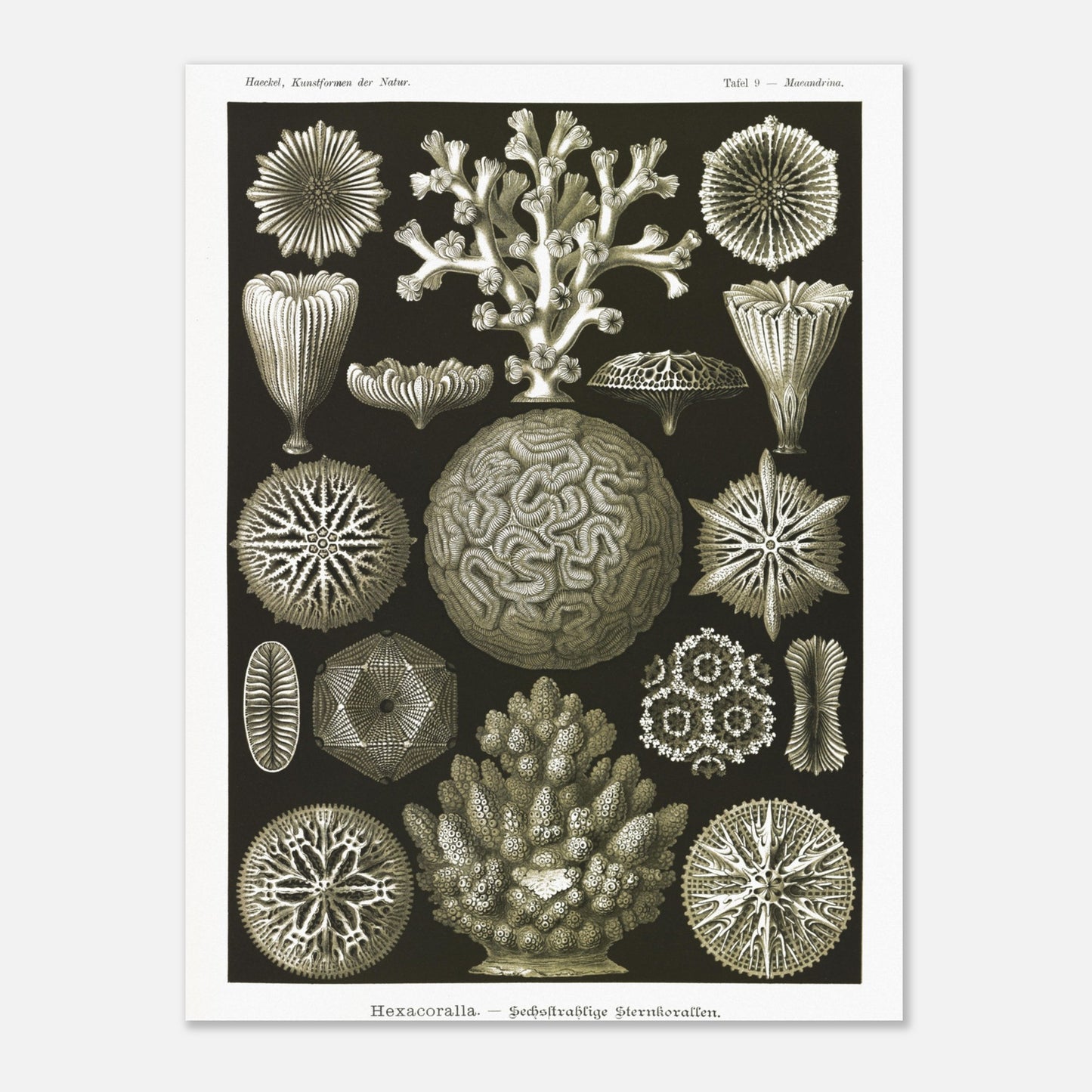
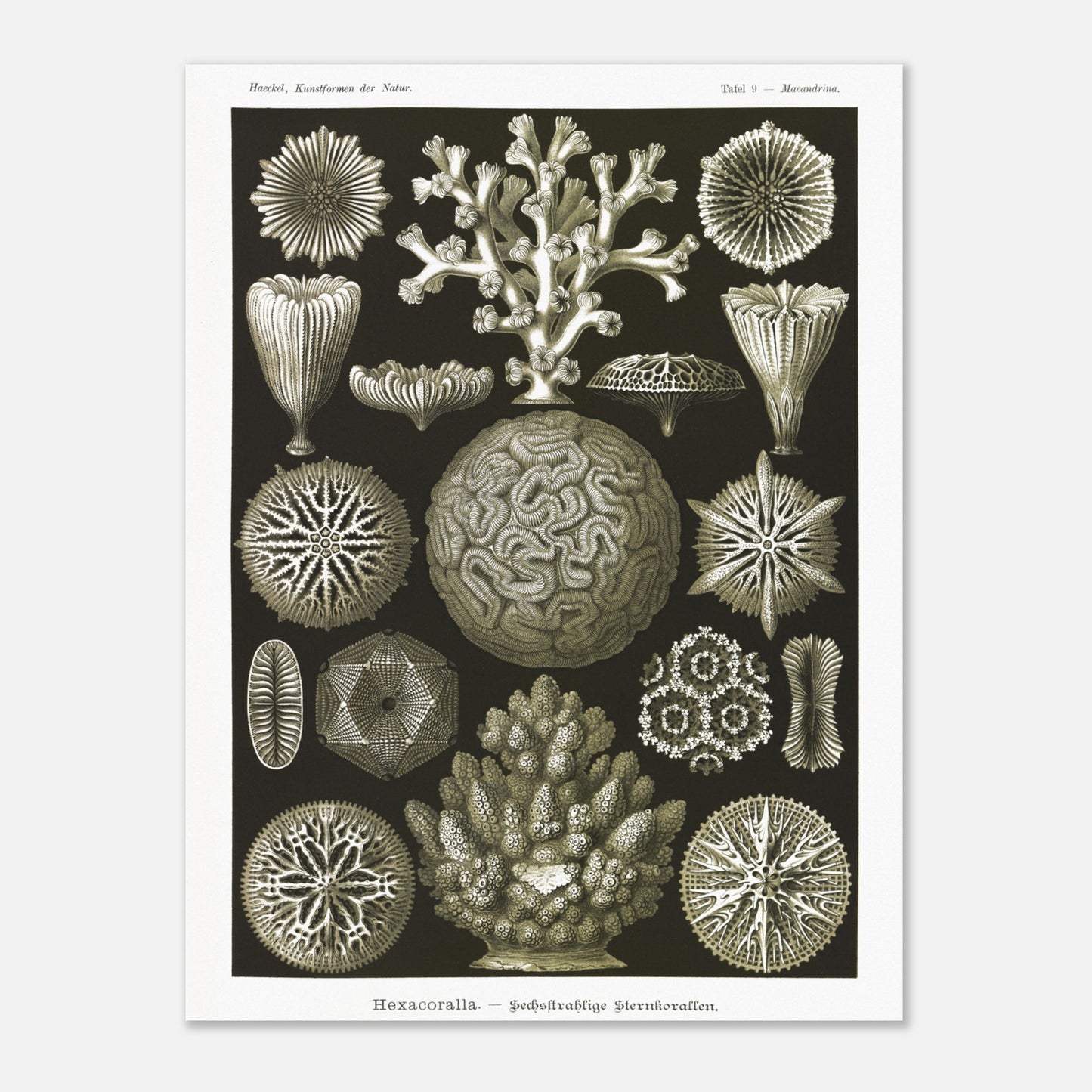
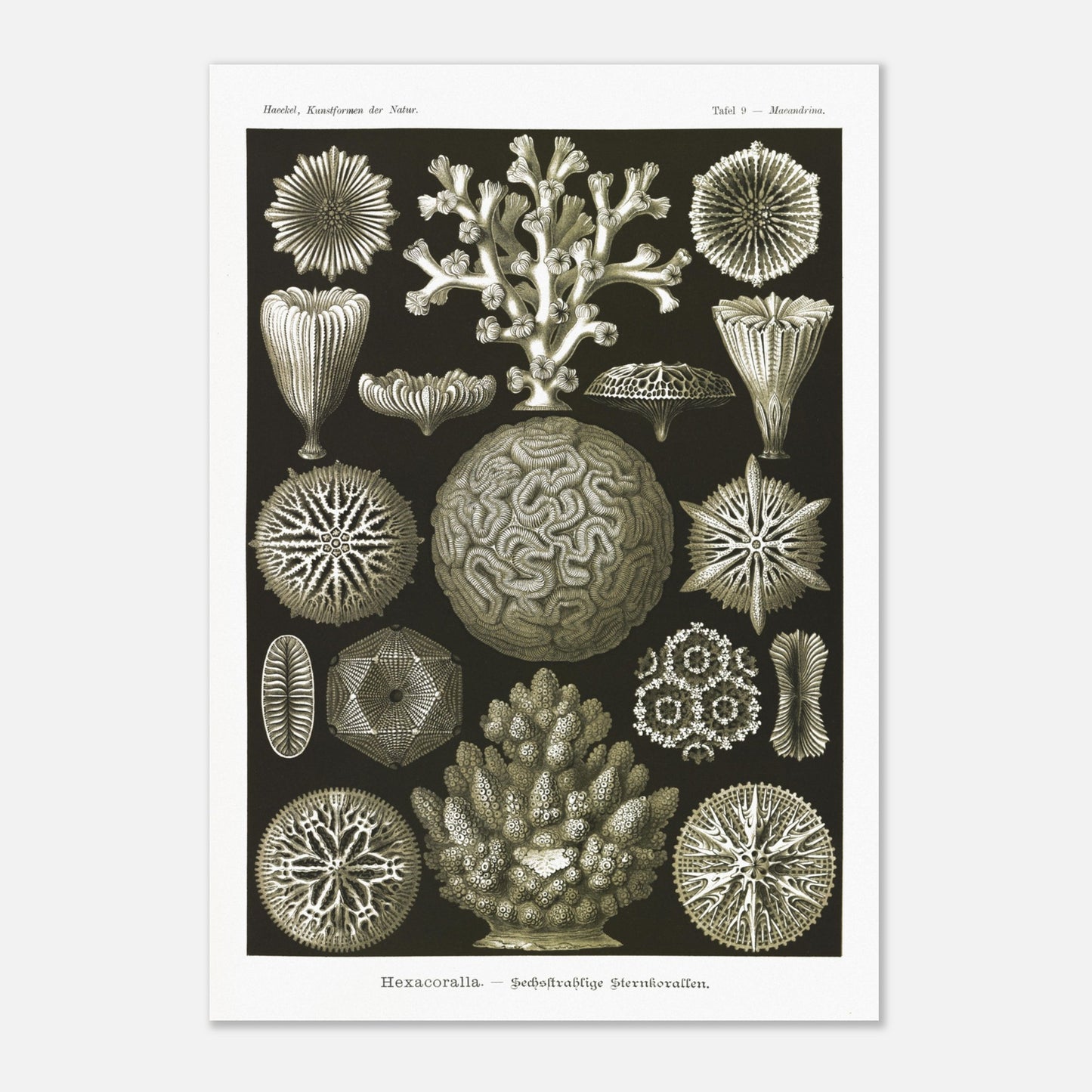
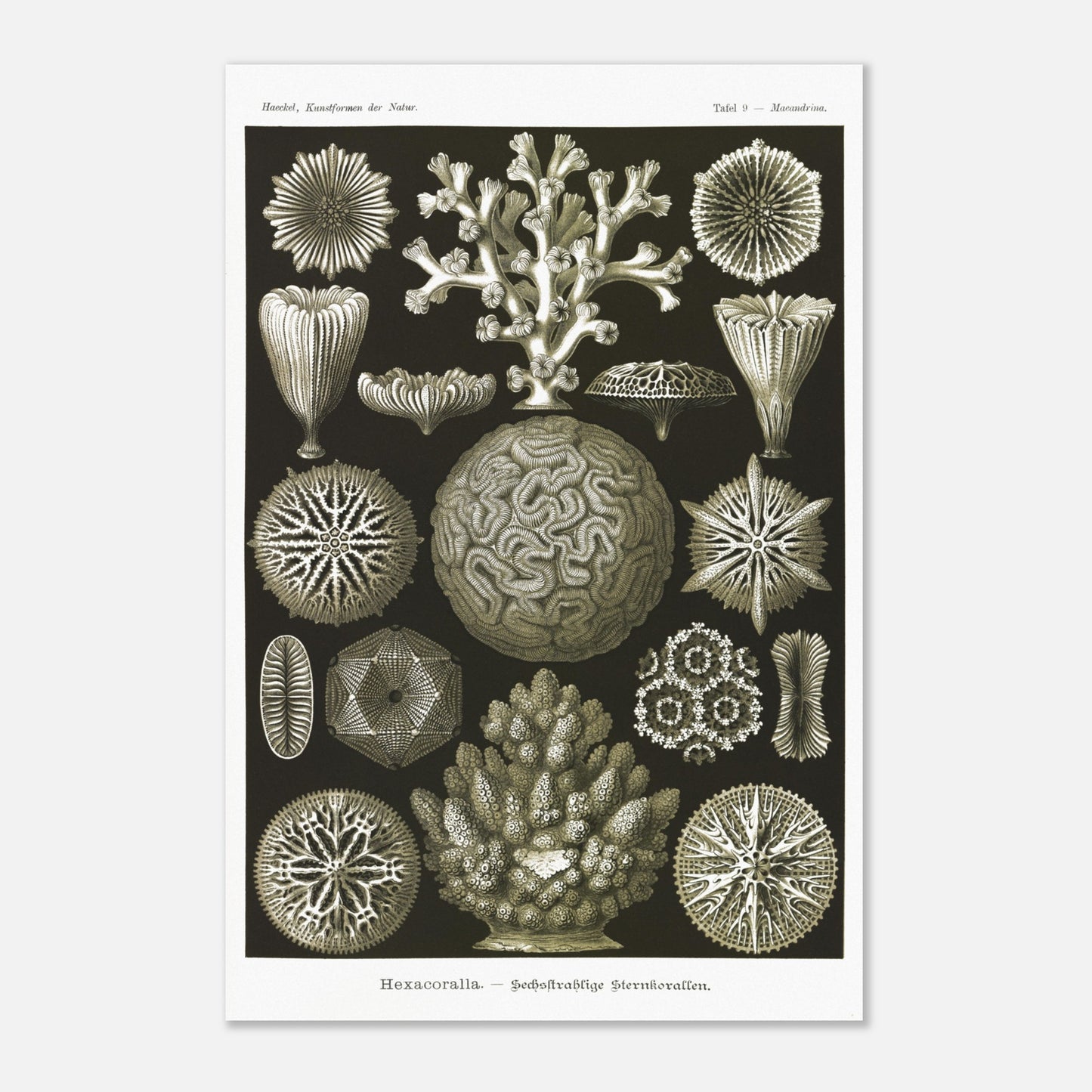

We are listening to you
If you are looking for a specific composition, a particular layout, or any other customization need, our team is at your disposal and will do everything possible to meet your requests.
So don't hesitate to...




